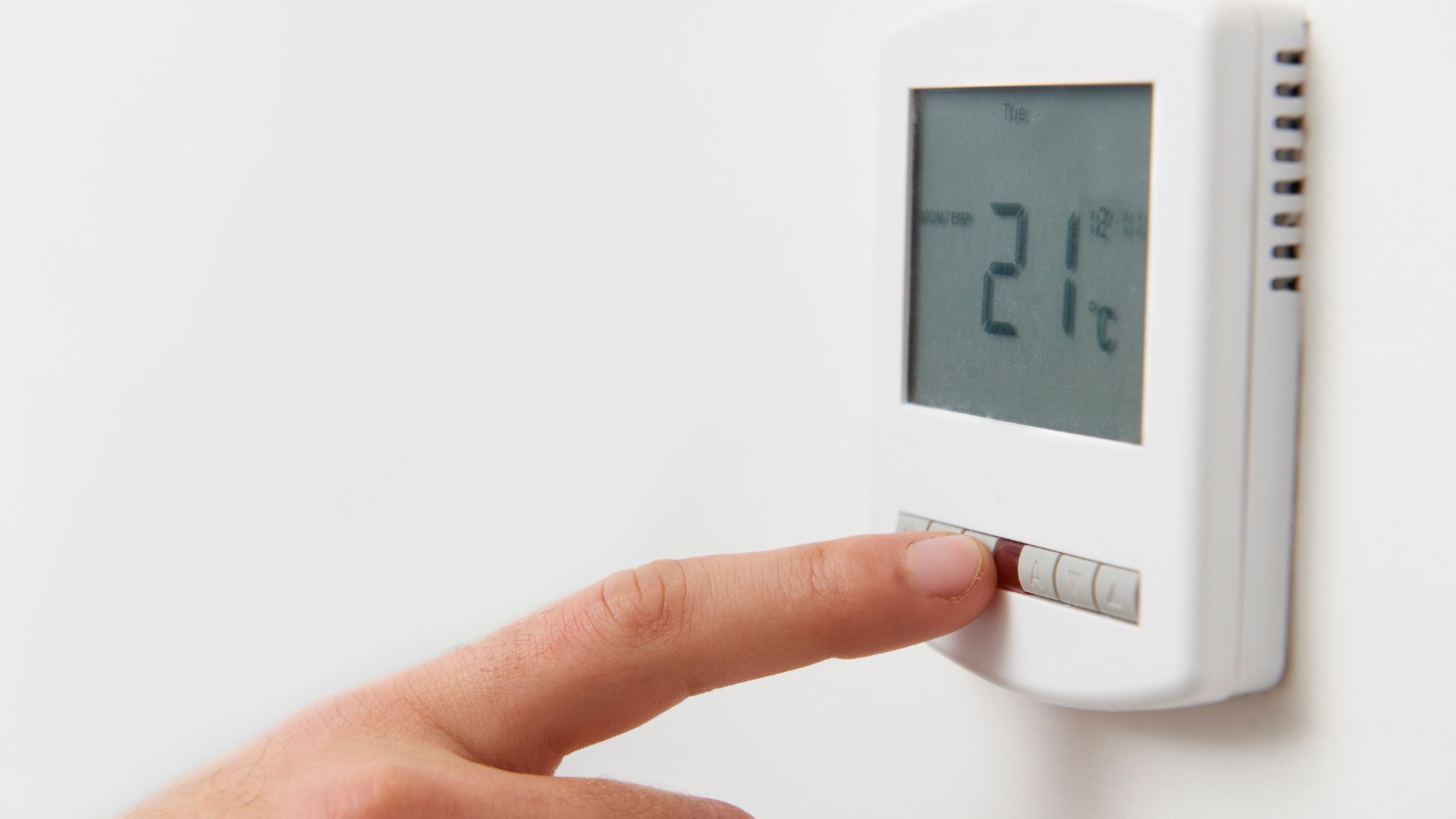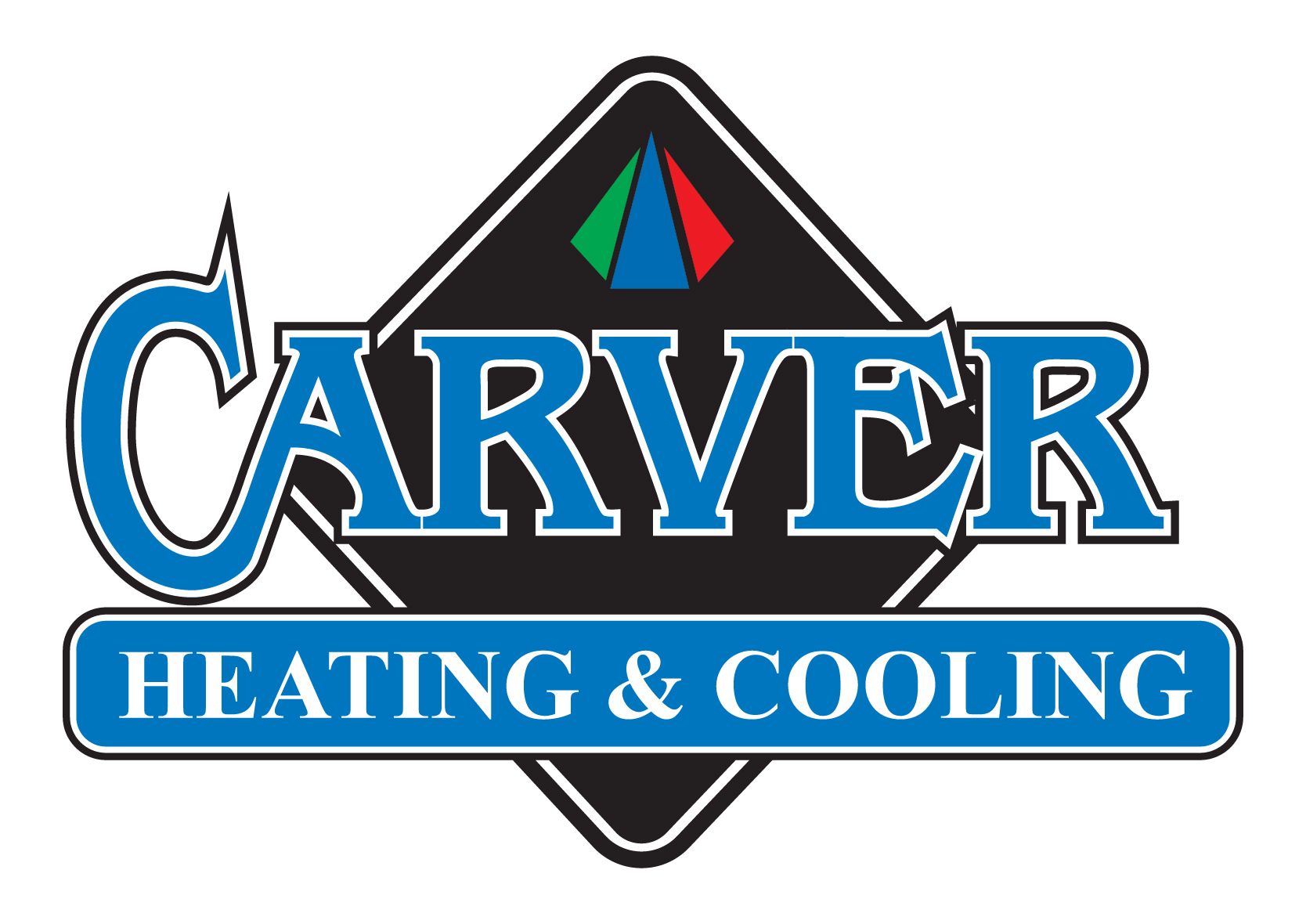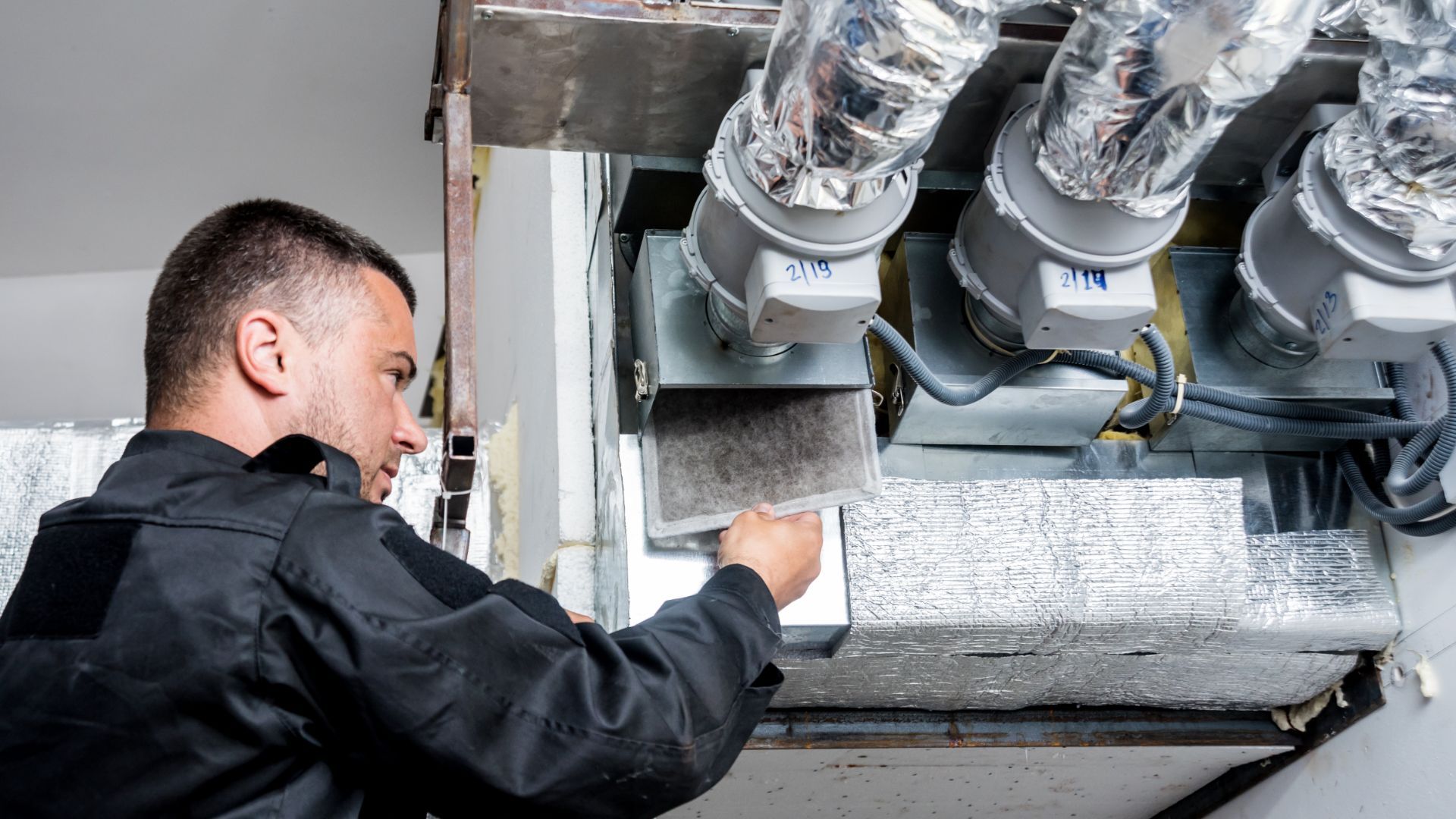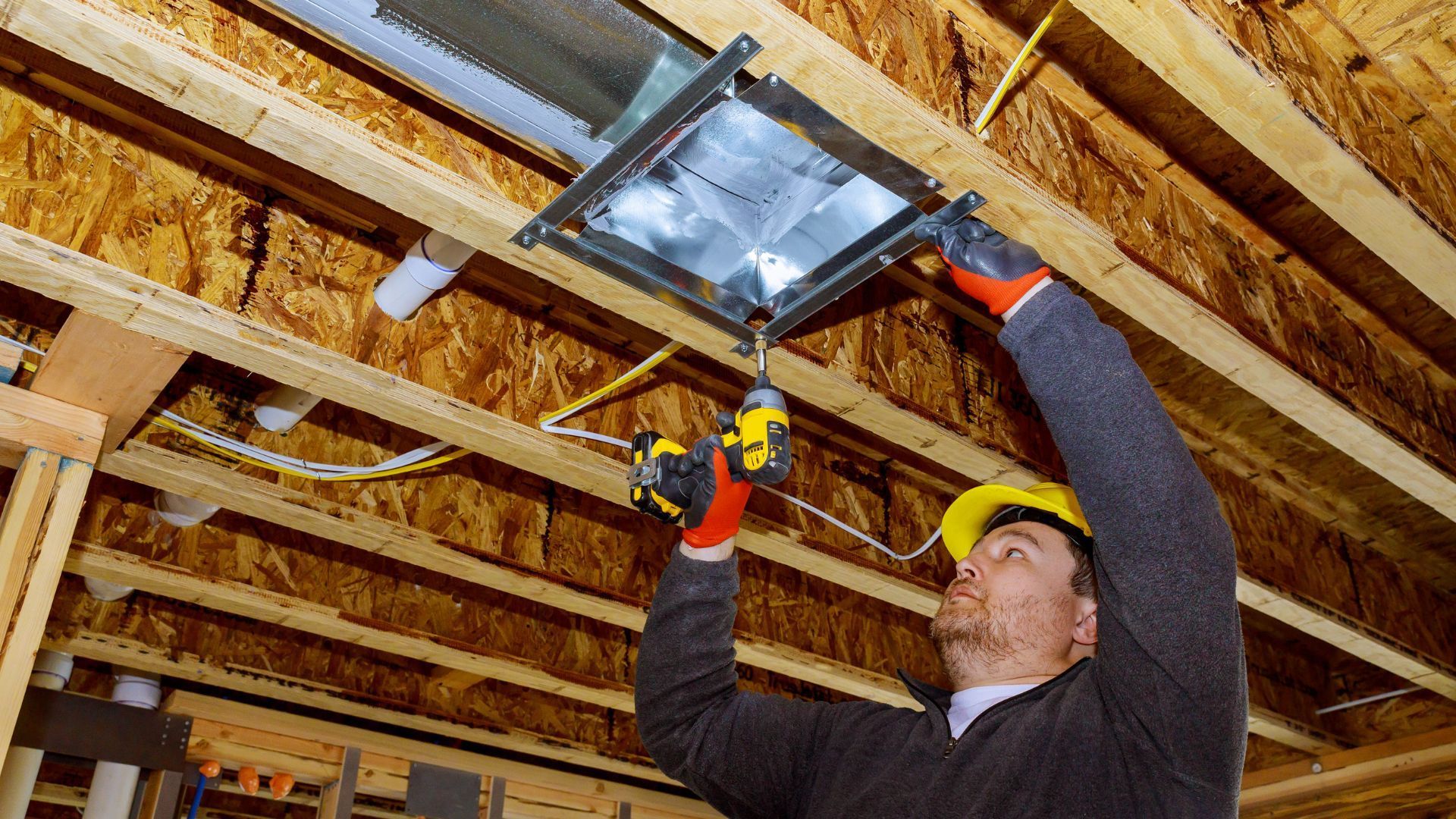Working Hours: Monday - Friday 08:00 AM - 04:30 PM
Achieve Ideal Comfort and Energy Efficiency with a Programmable Thermostat

When it comes to heating systems, a furnace thermostat plays a crucial role in maintaining comfort and energy efficiency. In this guide, we will explore the different types of furnace thermostats, how they work, and the benefits of using a programmable thermostat.
We'll also provide tips on choosing the right thermostat for your furnace, installation and setup procedures, maintenance guidelines, and upgrading options. Let's dive in!
Types of Furnace Thermostats
There are several types of furnace thermostats available on the market. The most common ones include:
Manual thermostats
These basic thermostats allow you to manually adjust the temperature settings by turning a dial or pressing buttons.
Programmable thermostats
These thermostats offer more flexibility by allowing you to set temperature schedules for different times of the day, helping you save energy and money.
How Furnace Thermostats Work
Furnace thermostats work by sensing the temperature in your home and signaling the furnace to turn on or off to maintain the desired temperature. They consist of a temperature sensor, an electrical switch, and a control unit.
When the temperature falls below the set point, the thermostat sends a signal to the furnace to start heating. Once the desired temperature is reached, the thermostat signals the furnace to turn off.
Benefits of a Programmable Thermostat
A programmable thermostat brings numerous benefits, including:
Energy savings
By programming temperature setbacks when you're away or asleep, you can significantly reduce your heating costs.
Increased comfort
Programmable thermostats allow you to maintain different temperature settings throughout the day, ensuring optimal comfort.
Choosing the Right Furnace Thermostat
Compatibility
Before choosing a furnace thermostat, ensure it is compatible with your heating system. Consider factors such as the voltage, heating stages, and compatibility with your HVAC system.
Features to Consider
Different thermostats offer various features such as Wi-Fi connectivity, touchscreen displays, and advanced scheduling options. Determine the features that align with your needs and lifestyle.
Energy Efficiency Ratings
Look for thermostats with high energy efficiency ratings, such as ENERGY STAR certification. These devices can help you save more on energy bills.
Installation and Setup
DIY Installation
If you have basic electrical knowledge, you can install a thermostat yourself. Ensure you follow the manufacturer's instructions carefully and turn off the power before starting the installation.
Professional Installation
If you're unsure about the installation process or have a complex HVAC system, it's best to hire a professional technician to install the thermostat for you. They can ensure proper wiring and configuration.
Maintenance and Troubleshooting
Regular Maintenance
To keep your furnace thermostat in optimal condition, perform regular maintenance tasks such as:
Cleaning
Dust and debris can accumulate on the thermostat's surface and affect its performance. Use a soft cloth to gently wipe the thermostat clean.
Battery replacement
If your thermostat operates on batteries, replace them as needed to prevent any disruptions in functionality.
Calibration check
Periodically check the thermostat's calibration to ensure accurate temperature readings. Consult the manufacturer's guidelines for instructions on how to calibrate your specific thermostat model.
Troubleshooting Common Issues
If you encounter any issues with your furnace thermostat, here are some common problems and troubleshooting tips:
Incorrect temperature readings
If you notice that the thermostat is displaying inaccurate temperature readings, check if there are any obstructions affecting the temperature sensor. Clean the sensor or remove any objects that may be blocking it.
Unresponsive thermostat
If your thermostat is unresponsive, check if the batteries need replacement. Additionally, ensure that the thermostat is securely connected to its base and that the circuit breaker is not tripped.
Heating or cooling system not turning on
If your furnace or air conditioning system fails to turn on, check the thermostat settings to ensure they are properly configured. Make sure the temperature is set above or below the current room temperature, depending on whether you want to heat or cool the space.
Upgrading Your Furnace Thermostat
If you're looking to upgrade your furnace thermostat, consider the following options:
Smart thermostats
These thermostats offer advanced features such as remote access, learning capabilities, and integration with smart home devices. They provide convenience and energy-saving benefits.
Zoning thermostats
Zoning systems allow you to control the temperature independently in different areas or zones of your home. This can optimize comfort and energy efficiency.
Conclusion
A furnace thermostat is a vital component of your heating system, providing control over temperature settings and energy usage. Understanding the different types of thermostats, their functionality, and benefits can help you make an informed decision when selecting the right one for your furnace.
Proper installation, regular maintenance, and troubleshooting techniques can ensure optimal performance and extend the lifespan of your thermostat. Consider upgrading to smart thermostats or zoning systems for added convenience and energy efficiency. Keep your home comfortable while saving on energy costs with a reliable and efficient furnace thermostat.
Call us to make the right choice today and choose quality furnace and HVAC services in London, Ontario!

INFORMATION
176 Rectory St, London, ON N5Z 2A5, Canada
Follow us on Facebook
BROWSE OUR WEBSITE
EMERGENCY SERVICE









